Visual artist and curator Taraneh Hemami found herself at a crossroads after moving from Tehran, Iran to the U.S. to attend college nearly 20 years ago.
“After the first decade, I wanted to go home,” Hemami says. “But my dad died by the second decade, and it became clear that I was going to stay.”
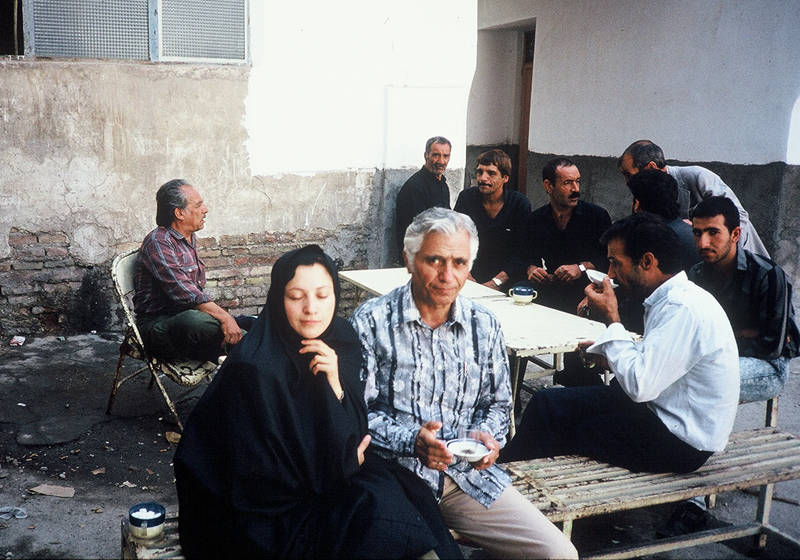
At a time when her adoptive home has become rife with Islamophobic rhetoric and polarized views on the Muslim community, Hemami’s decision to stay in the U.S. and create work that facilitates difficult but necessary conversations around those conflicts has become all the more important.
“What really makes Taraneh unique is that she bridges the Iranian and American parts of our identity,” says Torange Yeghiazarian, executive director of Golden Thread Productions, a San Francisco-based performing arts company focused on Middle Eastern work. “Other artists are more traditional or insular, but she’s active and present and brings more visibility to our community.”
While Hemami’s migration to the U.S. strongly informs her body of work, she says a brief visit to Iran in 1999 altered the focus and influences behind her art.
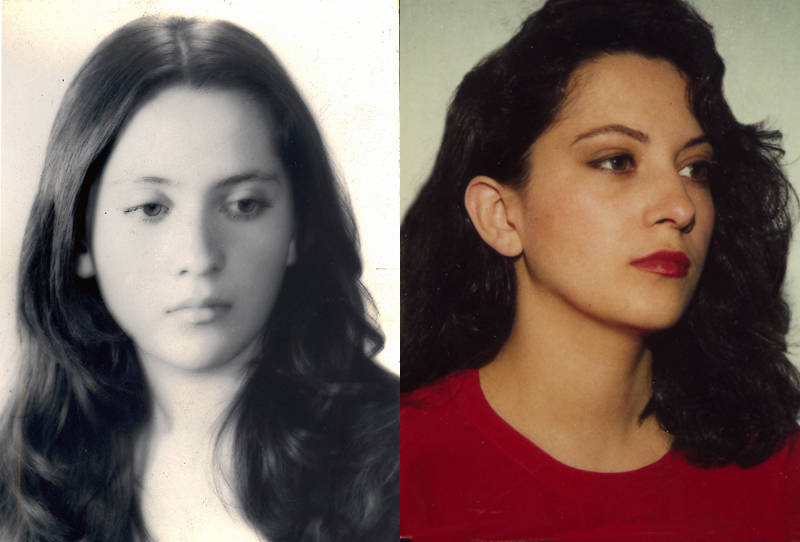
“I was immersed in my culture and I got to visit historic sites that renewed my interest in Islamic architecture and arts,” Hemami says. “At the same time, I was immersed in the family narrative again, and I was inspired by the traditions being handed down by women from each generation.”
Hemami’s trip inspired Sacred Space, a project focused on giving voice to women, something she saw was lacking in Iran and the Iranian community in the U.S. The work features memories and wishes collected from women by the artist. The women’s sayings are wrapped around a shrine-like structure and tiled on small cleansing pools inspired by mosques.
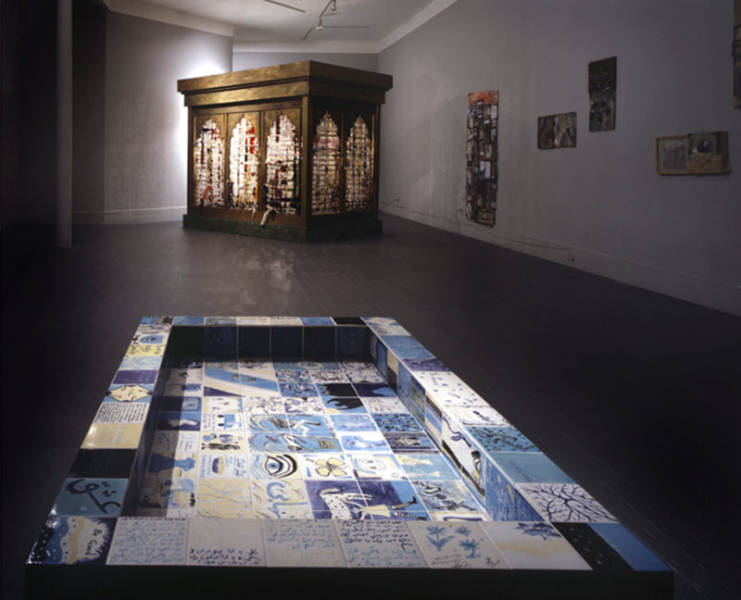
In addition to deeply personal pieces like Sacred Space, Hemami also creates works about the experiences of the broader Middle Eastern community. “Multiplicity is what i’m interested in; it’s important to reflect the complexity and diversity of the community,” Hemami says. “I wanted to deny the singular image of Arabs in the media.”
For her project Hall of Reflections, Hemami collected photographs and letters from individuals to create collages representative of the group’s historical displacement after the Iranian revolution. “I created it post-9/11, when gathering spaces became especially important for people,” Hemami says. “I worked off archives from the community to give historical and personal context to the project. It allowed us to talk about who we are.”
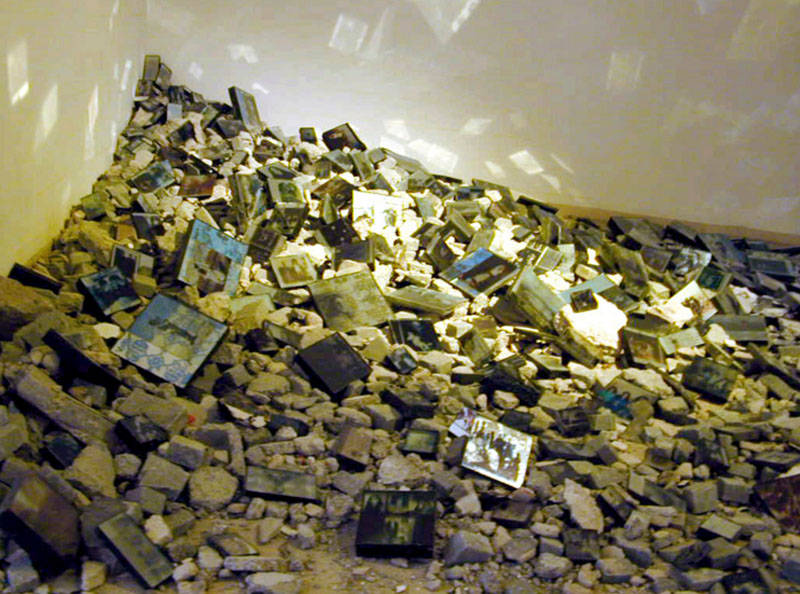
Works that address collective mourning and the reconstruction of histories, such as those by sculptor Doris Salcedo and media artist Walid Raad, serve as inspiration for Hemami, who holds a deep fascination for community art-making and participatory work.
For her most recent project Theory of Survival, Hemami invited Californian artists and scholars to interpret and respond to material from the historical archives of the Iranian Students Association of Northern California, an anti-Shah student organization inspired by international anti-colonial movements in the 1960s and 70s. Together, the participants created art pieces exploring the violent history of dissent and radical movements in the Iranian community through varying mediums, like glass, textiles and digital photography.
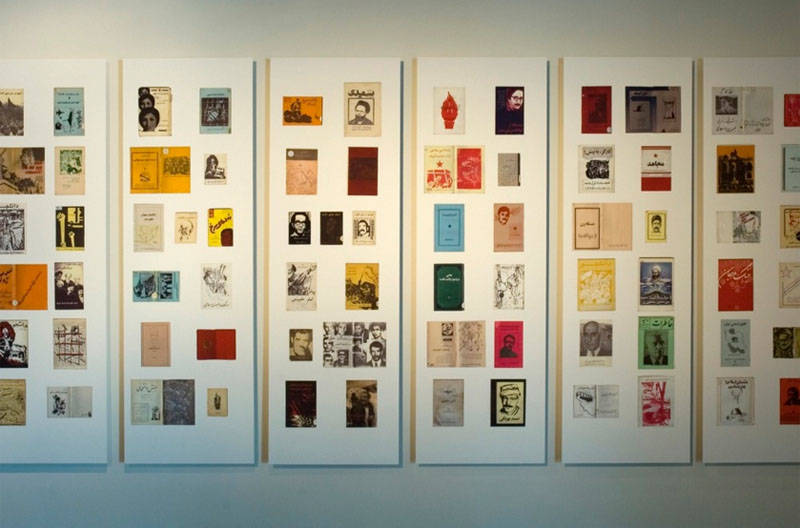
As much as it taps into the community, Hemami’s work also provides the artist with a medium to come to terms with her own displacement. “The project started with me having lost stories of my family after being away for nearly 20 years,” Hemami says. “But being on the public platform invites me to do something more than personal reflections. My art practice, my teaching practice, my activism, and my community organizing are merging into one.”